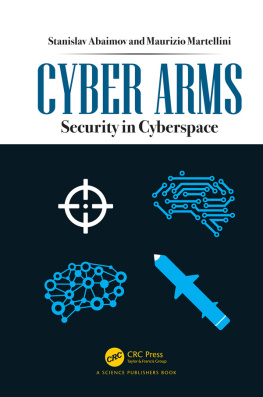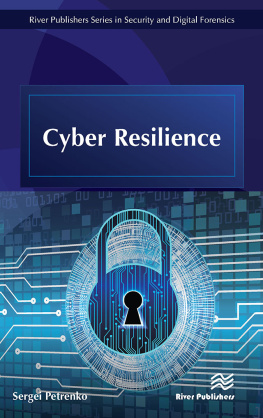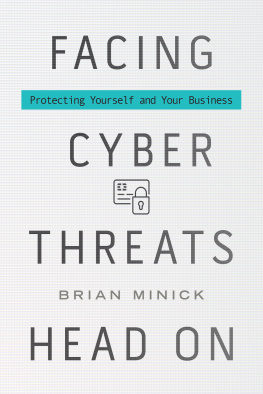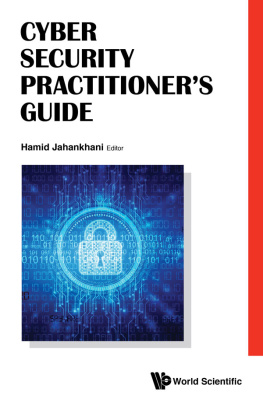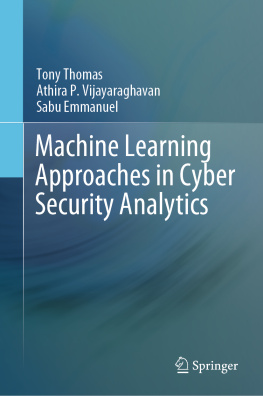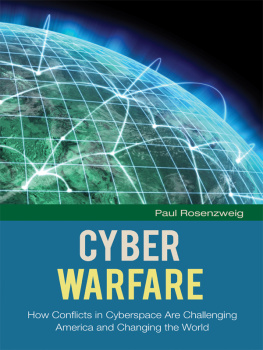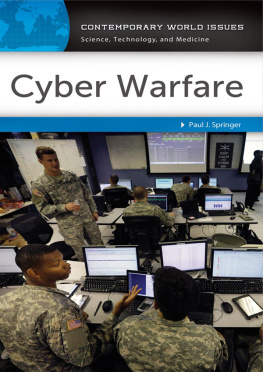Stanislav Abaimov - Cyber Arms: Security in Cyberspace
Here you can read online Stanislav Abaimov - Cyber Arms: Security in Cyberspace full text of the book (entire story) in english for free. Download pdf and epub, get meaning, cover and reviews about this ebook. year: 2020, publisher: CRC Press, genre: Computer. Description of the work, (preface) as well as reviews are available. Best literature library LitArk.com created for fans of good reading and offers a wide selection of genres:
Romance novel
Science fiction
Adventure
Detective
Science
History
Home and family
Prose
Art
Politics
Computer
Non-fiction
Religion
Business
Children
Humor
Choose a favorite category and find really read worthwhile books. Enjoy immersion in the world of imagination, feel the emotions of the characters or learn something new for yourself, make an fascinating discovery.
- Book:Cyber Arms: Security in Cyberspace
- Author:
- Publisher:CRC Press
- Genre:
- Year:2020
- Rating:5 / 5
- Favourites:Add to favourites
- Your mark:
Cyber Arms: Security in Cyberspace: summary, description and annotation
We offer to read an annotation, description, summary or preface (depends on what the author of the book "Cyber Arms: Security in Cyberspace" wrote himself). If you haven't found the necessary information about the book — write in the comments, we will try to find it.
This book will raise awareness on emerging challenges of AIempowered cyber arms used in weapon systems and stockpiled in the global cyber arms race. Based on real life events, it provides a comprehensive analysis of cyber offensive and defensive landscape, analyses the cyber arms evolution from prank malicious codes into lethal weapons of mass destruction, reveals the scale of cyber offensive conflicts, explores cyber warfare mutation, warns about cyber arms race escalation and use of Artificial Intelligence (AI) for military purposes. It provides an expert insight into the current and future malicious and destructive use of the evolved cyber arms, AI and robotics, with emphasis on cyber threats to CBRNe and critical infrastructure.
The book highlights international efforts in regulating the cyber environment, reviews the best practices of the leading cyber powers and their controversial approaches, recommends responsible state behaviour. It also proposes information security and cyber defence solutions and provides definitions for selected conflicting cyber terms. The disruptive potential of cyber tools merging with military weapons is examined from the technical point of view, as well as legal, ethical, and political perspectives.
Stanislav Abaimov: author's other books
Who wrote Cyber Arms: Security in Cyberspace? Find out the surname, the name of the author of the book and a list of all author's works by series.

